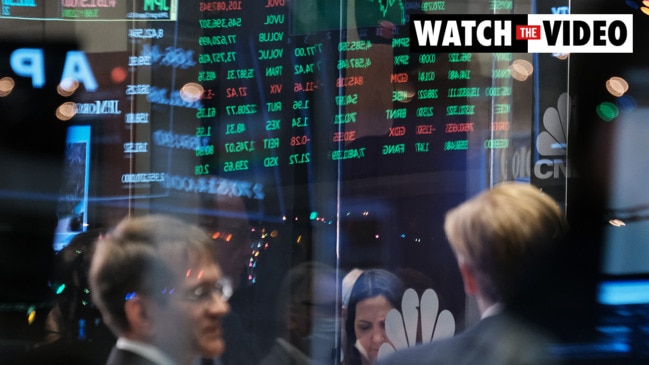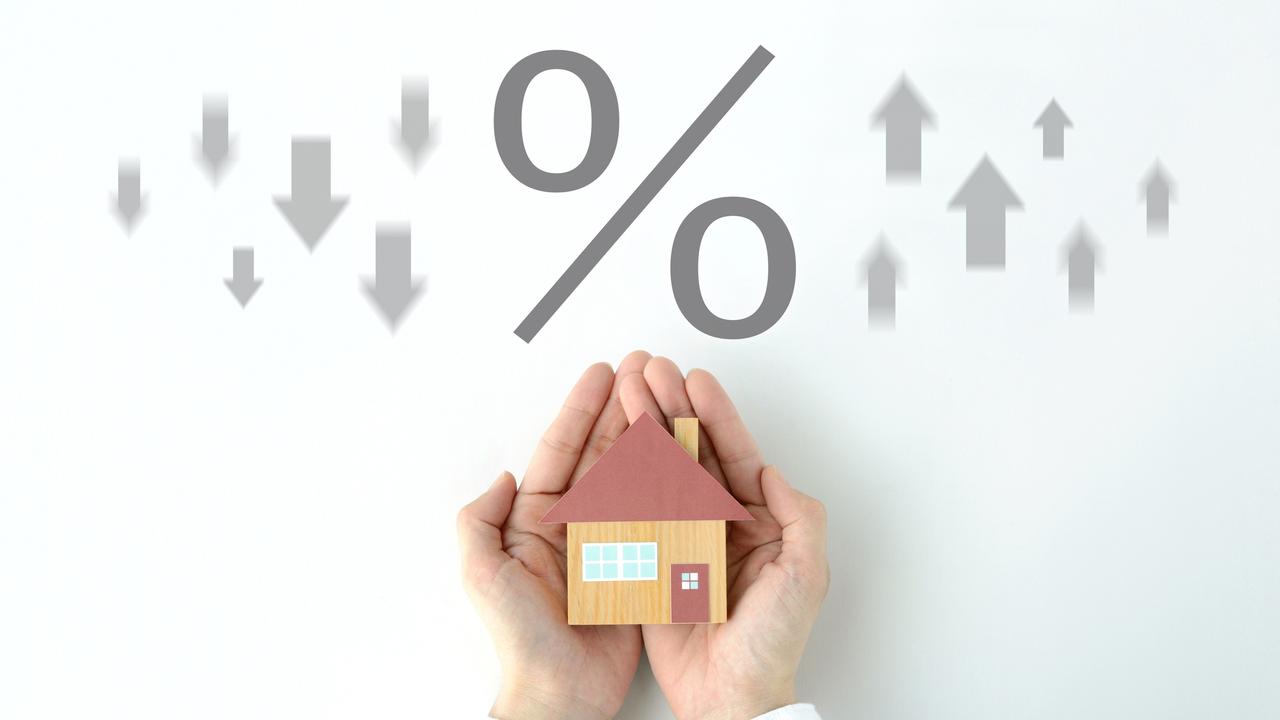Sharemarkets stung: how low could Australian stocks go?
Heavy falls on the ASX are forecast to continue as global markets grapple with surging inflation and interest rates.

Six straight days of falls have pushed Australia’s share market down 15 per cent from its 2021 highs, but it continues to outperform the US and other global markets.
Friday’s 1.8 per cent drop in the S&P/ASX 200 index to 6474.8 brought last week’s losses to 6.6 per cent and $171 billion of value, and analysts and economists say more weakness looks likely.
However, there should be some respite on Monday following flat to slightly positive performances on offshore markets to end the week.
Australian shares’ relative strength compared with the US market, which is down 23 per cent this year, may not last, analysts warn.

As for how low Aussie stocks could go, some forecasters tip a floor near 6000 points for the ASX 200 – which would be about 7 per cent lower than current levels – but they say nothing is certain.
“How long is a piece of string?” said AMP chief economist and head of investment strategy Shane Oliver when asked about the market’s potential bottom.
Dr Oliver said there was no easy answer, but noted the big falls this year had resulted in stocks no longer looking overvalued like they were in early 2022.
“I wouldn’t be surprised if we come down another 5 per cent or so,” he said. Falls could be limited if central banks got inflation under control quickly using interest rates rises, he added.
Dr Oliver said Australian shares had so far fared better than US markets, which were more heavily exposed to plunging technology shares that had driven the Nasdaq tech-focused index down 36 per cent.
US stocks have moved into bear market territory this month, and BetaShares chief economist David Bassanese said Australian stocks would probably follow it “with at least a 20 per cent peak-to-trough decline likely in coming months”.
“That implies a decline in the S&P/ASX 200 to at least 6000 from a recent peak of 7592 on 21 April,” he said.
Mr Bassanese said his base case for the US stockmarket was a 35 per cent fall, and the local sharemarket would not be immune to Wall Street weakness.
“We also face uncomfortably high inflation and likely aggressive RBA rates hikes in coming months,” he said.
“Consumer sentiment has already tumbled and house prices are starting to weaken. While I am still hopeful the Australian economy can avoid recession, it is at least a 40 per cent risk in the coming 12 months.”
Baker Young managed portfolio analyst Toby Grimm said he saw “strong technical support” for the ASX 200 at 6000 points.
“It’s a good number that has a psychological effect,” he said.
“Of course, it can go through that – we don’t know what the future holds.”
Mr Grimm said the weakness in Australian shares was nothing like we saw in the global financial crisis in 2008 and 2009, where stocks fell 55 per cent.
“And the dislocation of credit markets is nothing like what we saw in the GFC,” he said.

But the situation was evolving and there were risks, because markets had been used to “central banks holding their hands” with ultra-low interest rates.
“Now the central banks are saying ‘no, we have to fight inflation’,” he said.
Mr Grimm said he expected the Australian market’s relative global strength – which had been driven by its heavy exposure to banks and commodity-focused stocks – to weaken in the next 12-18 months.
“I would expect the Australian share market to give back a good proportion of the outperformance,” he said.
“Hopefully that’s a strong bounce overseas and stabilisation for us.”
CommSec senior economist Ryan Felsman said aggressive rate rises by the Reserve Bank of Australia and other central banks would contribute to further volatility.
“There have been 11 technical bear markets – a correction of 20 per cent or more from the most recent high – since 1970,” he said.
“If you exclude the short and sharp correction at the height of the pandemic from March 23, 2020 – down 38.8 per cent, Zurich research shows that bear markets have typically lasted around 13 months in duration with the ASX All Ordinaries index down by 35.8 per cent on average.”





